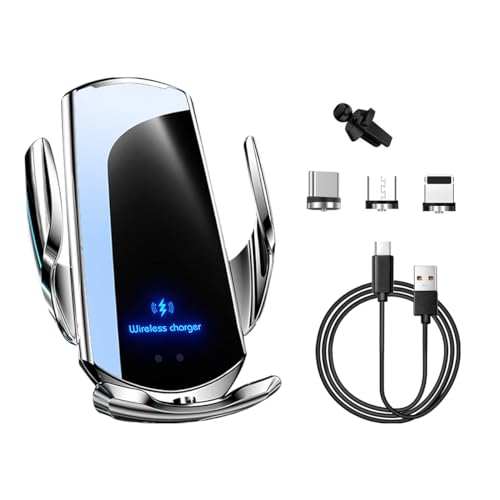Brake Modes
Because much of the brake torque required to stop the vehicle can be achieved through regenerative braking, it is not always necessary for the conventional friction brakes to be applied. The brake pedal uses a pedal feel simulator that acts against a curved bracket to give the driver a simulated pedal resistance as the brake pedal is applied. The ABS module uses the driver input on the brake pedal, wheel speed sensor input and the lateral deceleration messages from the RCM to determine the amount of deceleration the driver is requesting and which brake mode is necessary.
Regenerative Braking Mode
The ABS module determines the amount of braking torque necessary and sends that info to the PCM along with the current threshold for ABS intervention. The PCM determines how much braking torque the electric motor can provide based on High Voltage Traction Battery (HVTB) state-of-charge and sends this information back to the ABS module. At the same time, the electric motor is switched to a generator which supplies the determined amount of braking torque. Based on the amount of braking torque the PCM can deliver, the ABS module determines whether it is necessary to apply the friction brakes or if the brake torque from the electric motor is sufficient to safely stop the vehicle.
Friction Braking Mode
Under some circumstances, the brake torque generated by the electric motor is insufficient to bring the vehicle to a safe, controlled stop and requires the assistance of the conventional friction brakes. Additionally, the state-of-charge in the High Voltage Traction Battery (HVTB) may not allow for regenerative braking to take place or the vehicle may be experiencing an ABS , stability control event.
In these instances, the ABS module activates a mechanical relay which supplies power to a solid state relay that activates a vacuum pump. At the same time, the ABS module sends a PWM voltage to a solenoid mounted on the brake booster. The solenoid allows vacuum from the vacuum pump to enter the brake booster which moves the booster push rod and applies the conventional brakes.
During certain braking events, the friction brakes can be applied directly by the driver. The brake booster push rod is equipped with an adjustable stop, once the brake pedal travels far enough to engage the stop, the brake booster push rod is forced into the master cylinder and the conventional friction brakes are applied.
Supplemental Braking Assist
In addition to preventing wheel lock up during braking events, the ABS module also provides supplemental hydraulic brake assist through the use of the hydraulic pump motor and the HCU . The ABS module continually monitors the vacuum in the brake booster through the use of a vacuum sensor. When the vacuum sensor indicates vacuum is below a predetermined level during a braking event or if the driver attempts to stop the vehicle with a low vacuum condition in the brake booster, the ABS module activates the hydraulic pump motor in the HCU to assist with vehicle braking.
Electronic Brake Force Distribution (EBD)
On initial application of the brake pedal, full pressure is applied to the rear brakes. The ABS module then uses wheel speed sensor inputs to evaluate rear wheel slip. Once the rear wheel slip exceeds a predetermined threshold, the ABS module commands the HCU to close the appropriate isolation valves to hold the rear brake pressure constant while allowing the front brake pressure to build. This creates a balanced braking condition between the front and rear wheels. If the rear wheel slip continues and exceeds a second predetermined threshold, the ABS module commands the HCU to open the dump valves to decrease the rear brake pressure and allow the rear wheels to recover. A slight bump sensation may be felt in the brake pedal when EBD is active.
If the ABS is disabled due to a DTC being present in the ABS module, EBD continues to function unless the DTC is for wheel speed sensors or the HCU . When EBD is disabled, the ABS warning indicator, the red brake warning indicator and sliding car icon illuminate.



































